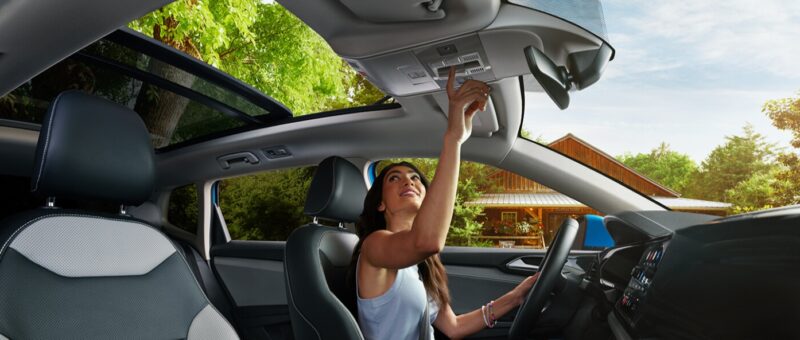Have you ever wondered what the difference between a sunroof and a moonroof is? You are not alone. Many car lovers and even car makers often mix up these two terms.
But they are not the same thing. They have different histories and features. In this post, I will clear up this confusion and tell you everything you need to know.
Key Highlights
- Sunroofs are opaque and offer open-or-closed functionality, while moonroofs are transparent and can tilt for ventilation.
- Regular maintenance is essential to prevent leaks and ensure smooth operation of both sunroofs and moonroofs.
- Choosing between a sunroof and a moonroof depends on personal preference for light, air, and budget considerations.
- Both sunroofs and moonroofs can enhance the driving experience, offering fresh air and natural light.
A Brief History Lesson
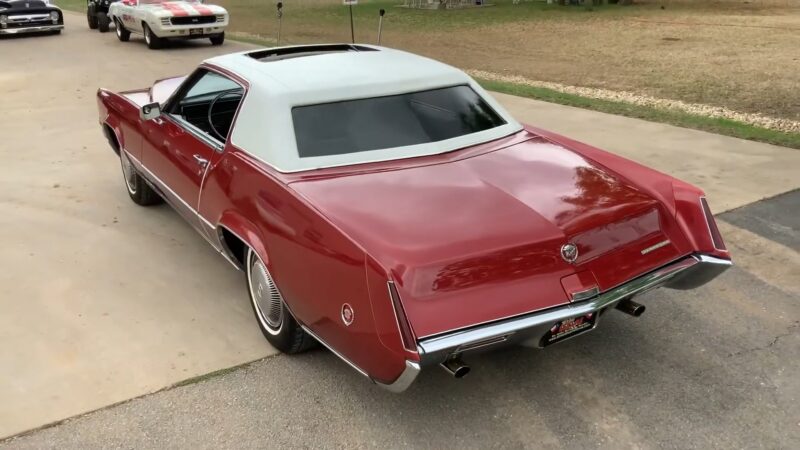
Cars didn’t always have the luxury of roofs. In the beginning, vehicles were open to the elements, with only a few models offering the protection of folding canvas tops or transparent side curtains.
It was Cadillac that first introduced the concept of fully enclosed bodywork, changing the game entirely. As vehicles evolved, so did the options for their roofs, leading to the development of sunroofs and moonroofs.
What’s a Sunroof?
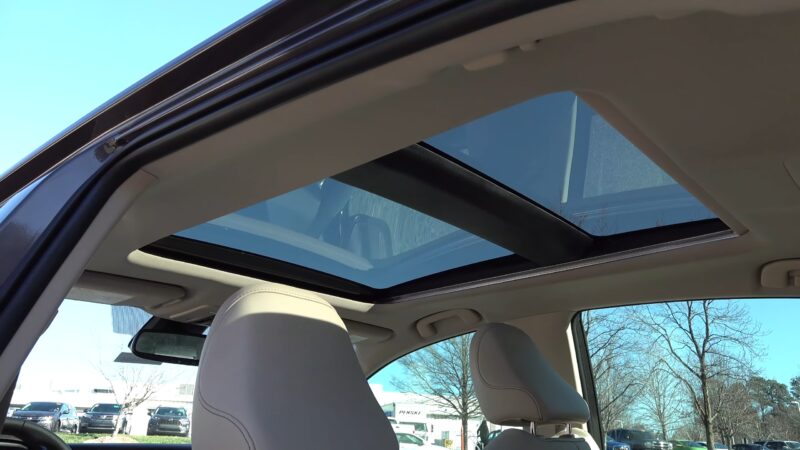
Originally, sunroofs were nothing more than opaque panels crafted from metal or canvas, which could slide open or pop up to let in air and a bit of sunlight.
They offered an all-or-nothing approach to opening up the car to the world above.
And a Moonroof?
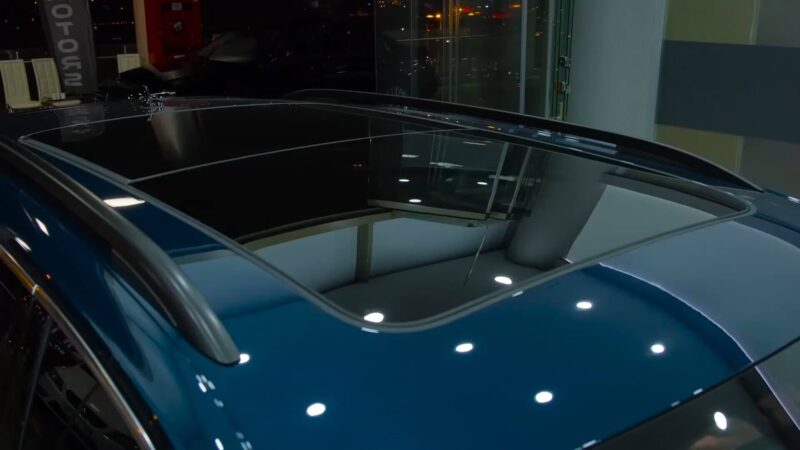
Moonroofs took the concept a step further by incorporating a panel made of glass, usually tinted silver, complete with a sliding interior sunshade.
This design allowed for light to enter the vehicle even when the moonroof was closed, offering a view of the sky above without fully exposing the interior to the elements.
The Key Differences
Now, let’s get into the nitty-gritty of what separates sunroofs from moonroofs:
- Transparency: The most apparent difference lies in the material. Sunroofs are typically made from an opaque material, while moonroofs boast a transparent glass panel.
- Functionality: Sunroofs offer a straightforward open-or-closed functionality. Moonroofs, on the other hand, provide a bit more versatility with their tinted glass panels that can also tilt open for ventilation.
Types of Sunroofs and Moonroofs
Variety is the spice of life, and the world of vehicle roofs is no exception. Here’s a quick rundown of the types you might encounter:
- Built-in Roofs: Integrated into the car’s design, offering a sleek appearance.
- Spoiler Roofs: Tilt to vent and slide back to open, adding a sporty touch.
- Pop-up Roofs: Simple, manually operated panels that pop up for ventilation.
- Lamella Roofs: Made up of multiple panels that slide over each other, offering partial to full opening.
- Panoramic Roofs: Extend over both the front and rear seats, providing an almost convertible-like experience without the full exposure.
Pros and Cons
Everything has its advantages and disadvantages, and our rooftop friends are no exception:
- Mood Booster: Both options can uplift spirits by letting in fresh air and sunlight.
- Safety First: They’re more secure than canvas tops and less likely to result in sunburn compared to convertibles.
- View to a Thrill: Moonroofs, in particular, offer a view of the sky even when closed.
- Handling: A higher center of gravity can affect vehicle handling.
- Space: Potential loss of interior headroom, especially for taller passengers.
- Maintenance: Regular upkeep, including cleaning and lubrication, is essential to prevent leaks and ensure smooth operation.
Selecting Your Perfect Roof
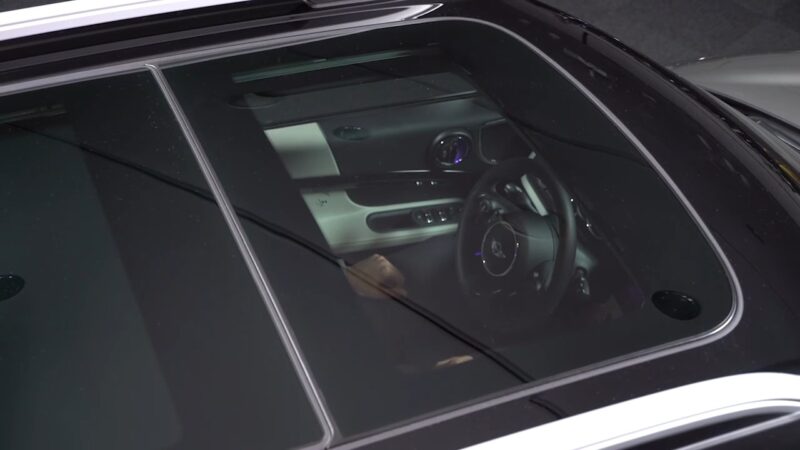
When it comes down to picking between a sunroof and a moonroof, the decision hinges on your personal taste and how you plan to use it.
Do you dream of stargazing from the comfort of your car, or is feeling the sun on your face while driving more your style? These preferences play a crucial role in determining which option will best suit your needs.
Considerations for Choosing
- Lifestyle Compatibility: If you’re someone who enjoys the feel of the sun but not the direct exposure, a moonroof with its tinting and sliding sunshade offers a great compromise.
- Visual Appeal: A panoramic roof can dramatically change the aesthetic of your vehicle, offering a more open and airy feel to the interior.
- Budget Constraints: Remember, additional features come with higher costs. A standard sunroof might be more within reach if you’re keeping an eye on expenses.
Below $40k, you’ll find a selection of the ten most affordable luxury family cars, with the possibility of some featuring a sunroof or moonroof as part of their additional equipment
Maintenance Tips
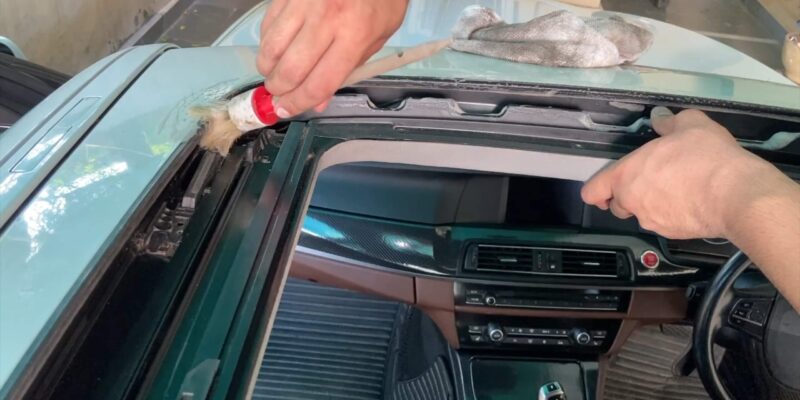
To ensure your sunroof or moonroof remains a source of joy rather than a headache, a bit of regular maintenance goes a long way:
- Clean Regularly: Keeping the tracks free of debris can prevent mechanical issues.
- Lubricate Moving Parts: This helps in smooth operation and prevents wear and tear.
- Check for Leaks: Regular inspections can catch any potential leaks early, preventing interior damage.
FAQs
Can I install a sunroof or moonroof in a car that doesn’t have one?
Yes, it’s possible to install a sunroof or moonroof in a car that didn’t originally come with one. However, it’s a complex process that should be done by professionals to ensure it’s watertight and safely integrated into the car’s structure.
Are there any alternatives to sunroofs and moonroofs?
For those who love the open-air feeling but are looking for something different, consider a convertible with a soft or hardtop. This option provides a full open-air experience, although it comes with its own set of maintenance and security considerations.
Is it safe to go through a car wash with a sunroof or moonroof?
Generally, yes, it’s safe to go through a car wash with these features closed. However, if you notice any signs of leaks, it’s best to address these before exposing your car to high-pressure water jets.
Can I open my moonroof while driving at high speeds?
Yes, opening your moonroof at high speeds is possible, but it’s advisable to do so with caution to avoid excessive wind noise and potential disturbance to vehicle aerodynamics.
Does having a sunroof or moonroof affect my car’s fuel efficiency?
Slightly. The added weight and potential changes in aerodynamics might impact fuel efficiency minimally, but this is generally negligible for most drivers.
Can a broken moonroof be repaired, or does it need to be replaced?
It depends. Minor issues like seal leaks or track obstructions can be repaired, but a cracked or shattered glass panel will require replacement.
Final Words
Sunroof or moonroof? You might think they are the same thing, but they actually have different origins and characteristics. Sunroofs are usually made of metal, while moonroofs are made of glass.
Both of them can make your ride more enjoyable, depending on what you like. Do you want more shade or more sunshine? More breeze or more insulation? More savings or more style? The choice is yours!
